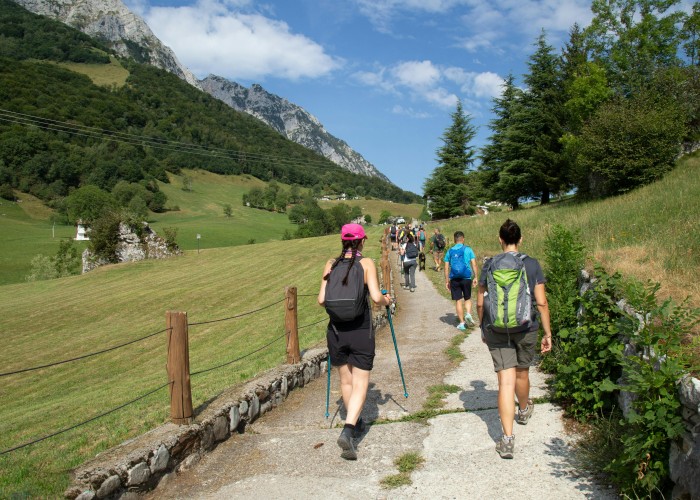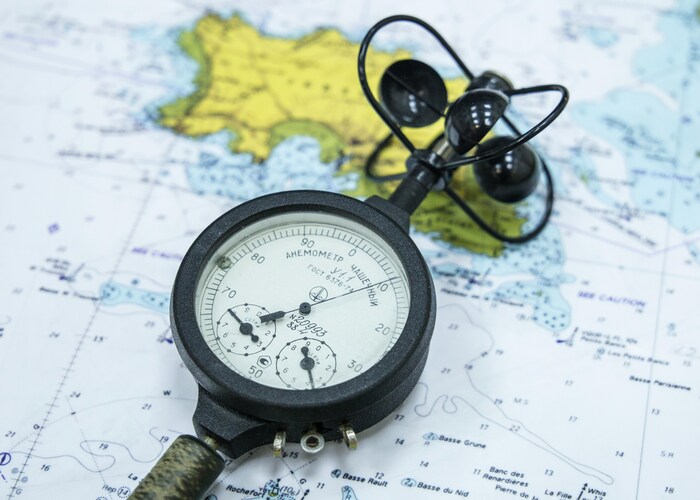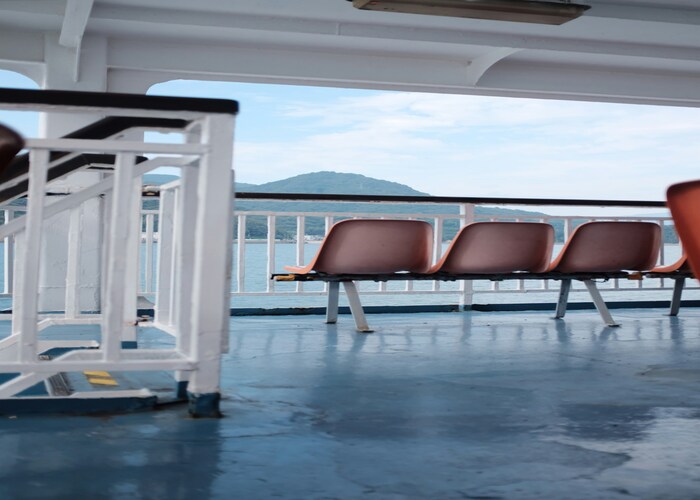Fall under the spell of the alpine expanse, where every dawn brings a new mountain view and every step rewards with fresh alpine air. The Haute Route from Chamonix to Zermatt is more than a trek—it’s a journey through the heart of the Alps, threading together France and Switzerland in fourteen days of glacier views, wildflower meadows, and cozy mountain huts. Haute Route Trek (Chamonix → Zermatt)
This guide walks you through every step, from planning to packing, tailored for hikers from the USA, UK, Australia, Germany—and beyond.
Overview: What Is the Haute Route and Why Is It Famous?
The Haute Route, also known as the Walkers Haute Route, is a classic alpine trekking route beginning in Chamonix (France) and concluding in Zermatt (Switzerland). It spans approximately 200 km, covering high mountain passes, 11 major cols, and rugged terrain beneath legendary peaks like Mont Blanc and the Matterhorn WikipediaEarth Trekkers.
This trail is revered for its dramatic, high-altitude landscapes, the diversity of mountain huts and alpine villages, and the deep contrast between French and Swiss Alpine regions
Best Time to Visit
Timing on the Haute Route is essential due to lingering snow and rapidly changing conditions:
- July to mid-September is the safest window, with trails generally clear of snow
- July brings blooming wildflowers and moderate crowds, but may still require microspikes on snow patches
- August offers stable weather and lush alpine scenery
- September brings autumn hues, quiet trails, and cooler air—hut availability decreases late in the season
- June or early October can be hazardous due to snow and limited hut access.
How to Reach Chamonix & Zermatt
- Fly into Geneva Airport, then transfer by bus or train to Chamonix.
- Zermatt is car-free; reach it via train from Brig or Visp in Switzerland.
- Both Chamonix and Zermatt are well served by road and rail, making logistics accessible for international travelers. Haute Route Trek (Chamonix → Zermatt)
Entry Fees and Permits
- No permits are required to trek the Haute Route.
- Overnight stays in mountain huts (refuges) require advance reservation and payment—prices vary and are subject to change.
- Optional baggage transport services are available for convenience.
Food Availability and Meal Options
- Refuges along the route offer evening meals and breakfast, though menus are basic and consistent across huts.
- Towns like Champex, Verbier, Arolla, and Zermatt offer restaurants, shops, and bakeries for resupply.
- Carry trail snacks and water for long segments where options are limited.
Packing List and Essentials
Clothing and Layers
- Waterproof shell and pants
- Warm insulating layers and base layers
- Hiking boots with good traction
- Hat, gloves, and UV protection
Gear
- Backpack (35–50 L)
- Trekking poles
- Headlamp with spare batteries
- GPS or map and compass
- First aid and blister kit
- Sunscreen and sunglasses
- Water bottle or hydration system
Safety Tips and Local Regulations
- Daily hiking: expect 10–15 km, 800–1,200 m ascent, and 6–8 hours on trail
- The highest pass hovers around 2,960 m—prepare for altitude and steep terrain
- Always start early to avoid afternoon storms.
- Stay alert to weather changes and retreat if needed—some sections have serious exposure.
- Stay in designated trails and huts, and respect mountain etiquette. Haute Route Trek (Chamonix → Zermatt)
Tips for Beginners or First-Time Visitors
- Build up with multi-day hikes before embarking on the full route.
- Consider guided or self-guided support options to ease planning and safety.
- Book huts several months in advance, especially for lodging and meals in summer.
- Acclimate along the way—it helps with comfort and reduces fatigue.
- Be flexible: allow a rest or resupply day if weather or pace requires it. Haute Route Trek (Chamonix → Zermatt)
Local Customs & Cultural Etiquette
- Greet locals in French (“bonjour”) or German (“grüezi”) where appropriate.
- In huts, keep voices down after evening meals—respect shared space and rest.
- Tip modestly for food services in Swiss or French villages.
- Stay mindful of fragile alpine flora—avoid trampling wildflower zones.
FAQ (High-Search Terms)
| Question | Answer |
|---|---|
| How long is the trek? | Approximately 200 km; typically 11–14 days walking |
| What is difficulty like? | Moderate-hard. Demands endurance, altitude, and route-finding under variable weather |
| Highest altitude reached? | Around 2,960 m on high mountain passes |
| Are mountain huts available? | Yes—numerous huts throughout, but book early for summer. |
| Do I need a guide? | Not required. For navigation help or confidence, guided options are available. |
| What’s the best time to go? | July–mid-September for safe and clear trail conditions |
| Is mobile signal available? | Patchy in high alpine areas—download maps and note hut waypoints. |
| Can I shorten the route? | Yes—some stages can be shortened using lifts or transport to adjust pace |
| Weather strategy? | Start early to avoid storms; carry layers; expect rapid weather shifts. |
| Are glacier crossings required? | No technical gear needed via the Walker’s Route, which stays below glaciers |
Final Thoughts
Walking the Haute Route from Chamonix to Zermatt is a rich, high-mountain adventure that weaves together rugged landscapes, cultural contrasts, and a true sense of accomplishment. With thoughtful planning—purposeful timing, proper gear, and respect for altitude—you’ll experience a journey few trails can match. Haute Route Trek (Chamonix → Zermatt)






Leave a Reply